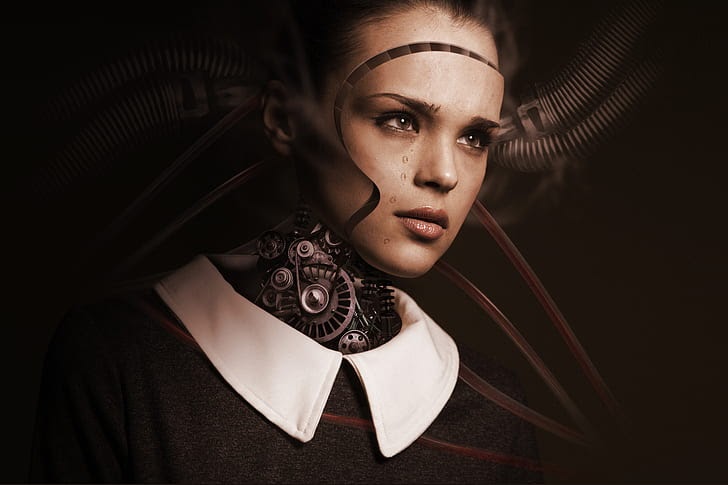Spontaneous Robot: Researchers are now planning to introduce autonomous functions to robots such as spontaneity, which has been a sought after trait in robots and unachievable till now.
Coypright by www.analyticsindiamag.com
 Humans have been obsessed with making robots human-like. While there have been many developments to bring about cognitive features such as emotions, intellect and common sense in robots, the success rate hasn’t been entirely satisfactory. However, researchers are now planning to introduce autonomous functions to robots such as spontaneity, which has been a sought after trait in robots and unachievable till now.
Humans have been obsessed with making robots human-like. While there have been many developments to bring about cognitive features such as emotions, intellect and common sense in robots, the success rate hasn’t been entirely satisfactory. However, researchers are now planning to introduce autonomous functions to robots such as spontaneity, which has been a sought after trait in robots and unachievable till now.
Researchers at Intelligent Systems and Informatics Laboratory and the Next Generation Artificial Intelligence Research Center at the University of Tokyo have explored this dimension in robots inspired by animals, including humans. Further, roboticists often design robot behaviours using predefined modules and control methodologies, which makes them task-specific, limiting their flexibility.
To overcome the challenge, researchers suggested an alternative machine learning-based method for designing spontaneous behaviours by capitalising on complex temporal patterns such as neural activities of animal brains. With this research, they hope the design will be implemented in robotic platforms to improve their autonomous capabilities.
What Have Researchers Done?
Designing robots and their controls are a dynamic system that works on a mathematical model describing the ever-changing internal states. Often classified as the high-dimensional chaos, which is one of the classes of the dynamic system, researchers have constantly explored modelling animal brains based on this system.
However, one of the significant challenges is the ability to gain control over the high-dimensional chaos as the system is highly complex and sensitive to varying initial conditions. This phenomenon in the scientific community has been popularised as the “butterfly effect.”
In recent research, researchers have used Chaotics Itinerancy to design spontaneous behaviour in robots. As they explain, Chaotic Itinerancy (CI) is a frequently observed phenomenon in high-dimensional nonlinear dynamical systems and is characterised by itinerant transitions among multiple quasi-attractors. […]
Read more: www.analyticsindiamag.com
Thank you for reading this post, don't forget to subscribe to our AI NAVIGATOR!


Spontaneous Robot: Researchers are now planning to introduce autonomous functions to robots such as spontaneity, which has been a sought after trait in robots and unachievable till now.
Coypright by www.analyticsindiamag.com
Researchers at Intelligent Systems and Informatics Laboratory and the Next Generation Artificial Intelligence Research Center at the University of Tokyo have explored this dimension in robots inspired by animals, including humans. Further, roboticists often design robot behaviours using predefined modules and control methodologies, which makes them task-specific, limiting their flexibility.
To overcome the challenge, researchers suggested an alternative machine learning-based method for designing spontaneous behaviours by capitalising on complex temporal patterns such as neural activities of animal brains. With this research, they hope the design will be implemented in robotic platforms to improve their autonomous capabilities.
What Have Researchers Done?
Designing robots and their controls are a dynamic system that works on a mathematical model describing the ever-changing internal states. Often classified as the high-dimensional chaos, which is one of the classes of the dynamic system, researchers have constantly explored modelling animal brains based on this system.
However, one of the significant challenges is the ability to gain control over the high-dimensional chaos as the system is highly complex and sensitive to varying initial conditions. This phenomenon in the scientific community has been popularised as the “butterfly effect.”
In recent research, researchers have used Chaotics Itinerancy to design spontaneous behaviour in robots. As they explain, Chaotic Itinerancy (CI) is a frequently observed phenomenon in high-dimensional nonlinear dynamical systems and is characterised by itinerant transitions among multiple quasi-attractors. […]
Read more: www.analyticsindiamag.com
Thank you for reading this post, don't forget to subscribe to our AI NAVIGATOR!
Share this: